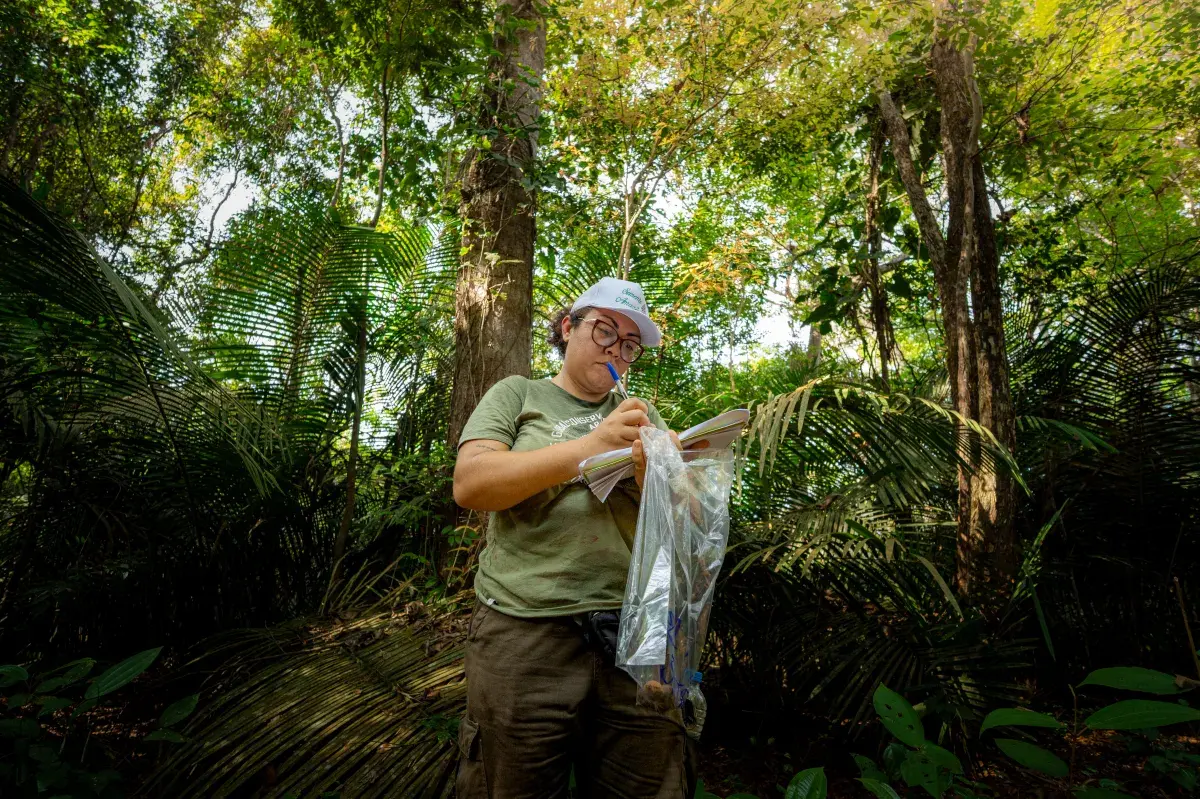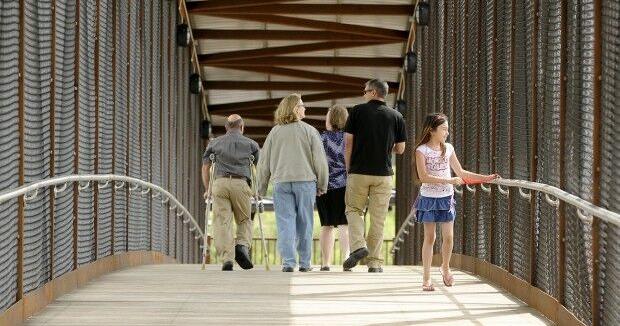Copyright Newsweek

The COP30 climate talks start this week in Belém, a city at the mouth of the Amazon River that Brazil’s leaders chose as a venue to highlight connections between the climate crisis and the world’s largest tropical forest. But while the forest may be in the global spotlight, some worry that the region’s people are being overlooked. “The world is talking a lot about the Amazon, but I believe the world needs to listen more to Amazonians,” journalist and Belém resident Daniel Nardin told Newsweek. After a two-decade career in journalism and communications management, Nardin said he grew tired of seeing stories about the Amazon that did not include the region’s people. In 2023, he started Amazônia Vox to bring more attention to Amazonians and the innovative work they are doing to solve environmental and social problems. Building on contacts and resources from different organizations and a fellowship with the International Center for Journalists, Nardin and his colleagues have developed ways for Amazonian people to better share their stories with the world. International reporters can now tap into the Amazônia Vox database of regional experts, and the group produces and shares content from a growing collection of writers, photographers and videographers from around the Amazon. The group also offers training to journalists, and a recently launched media literacy campaign in regional schools won accolades from UNESCO’s media and information literacy program. Nardin said this kind of grassroots level storytelling is essential for COP30’s high-level climate action and conservation goals to become reality. “We need to show our solutions, our response to our challenges,” Nardin said. “Because you don't need to come to save the Amazon, just support what already is happening.” The Amazon is globally recognized as a major forest basin and biodiversity hotspot, but international audiences might not know that tens of millions of people also call the Amazon home. The Brazilian states in the Amazon alone have a population of nearly 30 million, and while the region has valuable timber, mineral and land resources, many people suffer from poverty and poor health and social outcomes, Nardin said, including high infant mortality and low education attainment. “They are living in a paradox,” he said, “a rich region with a rich biodiversity but poor rates of dignity.” Nardin’s group recently reported on a survey that found that a large proportion of people in the Amazon said they are already feeling negative effects of climate change, such as the prolonged drought that has afflicted much of the region, lowering river levels and raising chances for wildfires. But while Amazonians are aware of the threats, he said, climate action and conservation programs in the region are unlikely to succeed unless people have better living conditions. “We're going to have problems with the narrative of defend[ing] the environment because people here are more concerned about work, jobs and basic things,” Nardin said. Nardin shared a few of his favorite Amazônia Vox stories, pieces that link environmental protection with the well-being of the people in that environment. “To keep the forest alive, we need to protect the people.” Solar Power to the Amazonian People Many riverside communities throughout the Amazon basin lack access to electricity and often depend on polluting kerosene lamps and diesel generators for light and power. An initiative by the Federal University of Pará called Biolume offers a cleaner and potentially cheaper solution. “They are using solar panels,” Nardin explained. Low-cost “solar poles” have the panels mounted on PVC pipes that can easily be erected and linked to a battery energy storage system. “Now they are receiving energy to light at night, to use fridges, to use other things like the internet, and they are improving the routine of these families and people who live in riverside communities.” Solar power cuts greenhouse gas emissions and local air pollution from dirty generators that can cause health problems. And unlike generators that must be constantly refueled with pricey petroleum, the fuel for the solar systems is free. According to the Amazônia Vox story, the project has already helped 14 communities and plans to expand thanks to the young people at the school. “I like this story because it's not a company or government doing it,” Nardin said. “They are a group of young students.” Tapping Tech to Seed a Future Forest In addition to slowing the deforestation of the Amazon, some projects aim to re-forest land that had been cleared. To make sure those new trees will thrive and provide the ecosystem functions of a true forest, however, project managers must select the right species to plant. That’s the job forest engineer Lydiane Bastos has taken on. “She needs seeds, but good seeds,” Nardin said, explaining how Bastos both taps into local knowledge about trees and uses high tech to scan and analyze hundreds of seeds. An AI-powered system matches the scanned images with information from germination tests to predict which seeds will be viable, greatly speeding the process and improving chances for successful growth. “I think it's a good story when you use science and technology and ancestral knowledge to improve the efforts to restore areas in the Amazon,” Nardin said. The story also points to the root of the climate and nature connection. Unlike many countries in the world where most greenhouse gas emissions come from energy systems and industry, the bulk of Brazil’s emissions result from land use change such as deforestation. When deforestation rates are high, the Amazonian states in Brazil have a per capita rate of CO2 emissions on par with some major petroleum producing countries, but with much less economic progress to show for it. “It's a huge challenge because our model of development in the Amazon was based in the extraction of the forest,” Nardin said. “We need to change it, but change it with a model of economics to improve the local communities so there's value in the forest when the forest is alive.” Agriculture That Grows With Forests Amazônia Vox has profiled several people and places building economic models that work with the forest, not against it. “Communities creating solutions, creating work and jobs, but keeping the forest,” he said. New kinds of agroforestry, for example, use sustainable harvest of forest products and crops that can grow among trees. Nardin said the Paiter Suruí people, an indigenous community whose threatened by deforestation, have developed a mix of coffee production, eco-tourism and jewelry made from forest products to generate income while protecting their land. In many cases, the key to more prosperity lies in learning skills to create more value-added products instead of simply harvesting and selling raw materials. Nardin shared another story about the community of Acaraçu, not far from Belem. People there relied on growing and selling cacao, the source of cocoa beans, but wanted to be more than just suppliers of an ingredient. “They received training and they improved their skills and now they sell the chocolate,” he said. “So, you're creating more value.” One criticism of this bio-economics approach is that it is seldom scalable because of the inherent supply limitations of many wild harvested products and low-impact crops. Nardin argued for a change in the mindset that automatically favors large-scale production of a single product. He said that the forest itself offers a different economic model that values variety instead of raw volume. “If you want to develop the economy in the Amazon, you don't need to think on a huge scale, but about diversity,” he said. “Like the forest, you [need] connections and an ecosystem to make it happen.”



